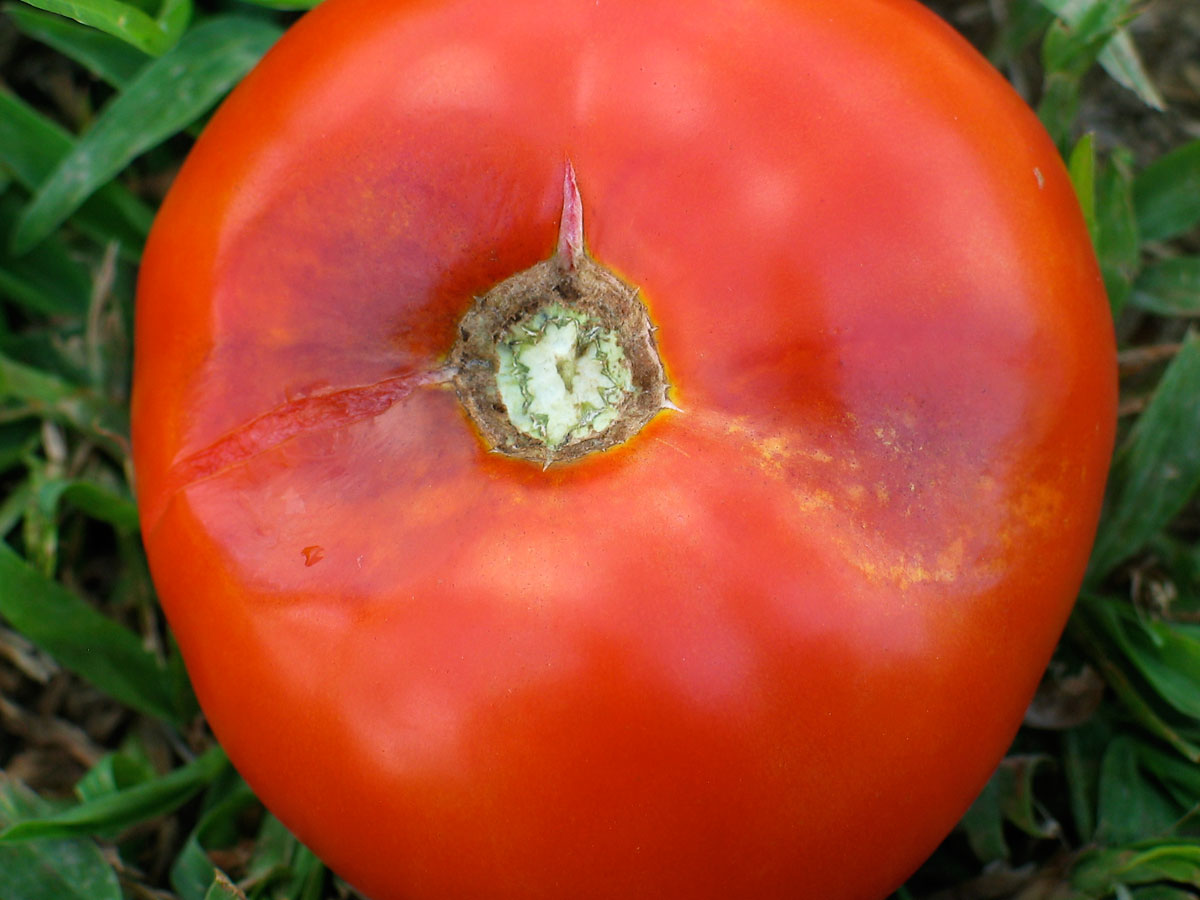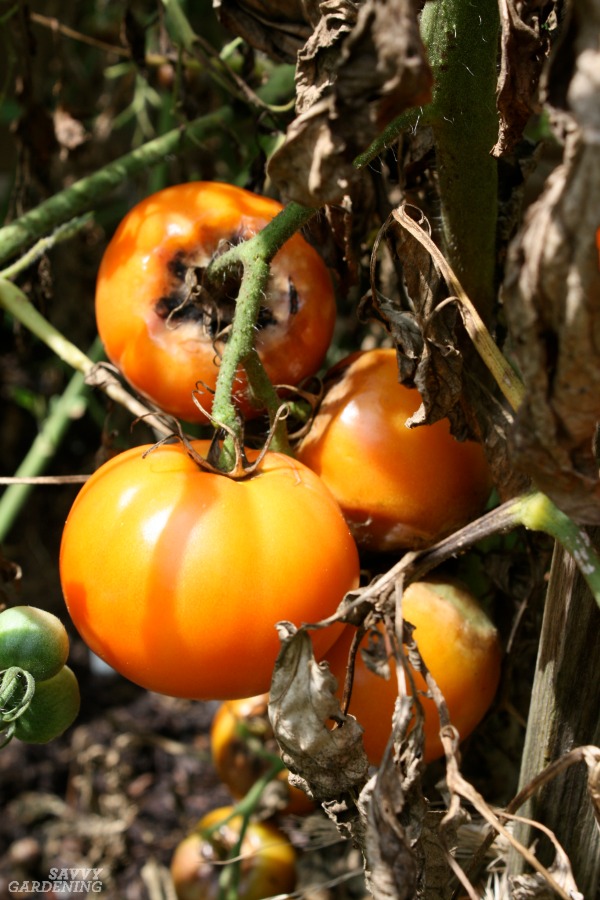
Old-fashioned late blight was killed by cold temperatures, so it might have been carried into your garden on an infected potato or tomato seedling, and caused its massive damage that season, but it would die out over winter. Part of the problem is that new strains have appeared during the past ten years that are able to overwinter in our cold climate. Late blight is showing itself in tomatoes and potatoes more than ever during recent years. It's the fungus that caused the Irish Potato Famine, and it's been found throughout North America wherever potatoes and tomatoes have been grown (remember, those plants are originally from the Western hemisphere so their diseases were around here long before they appeared in Ireland).

Late blight has been around for a long time, mostly causing problems for tomatoes and potatoes.

This is a disease that has caused catastrophe, been despised by history, and is fittingly named in Latin: Phytophthora infestans, literally the "Attacking Plant Destroyer". Then within a few weeks it destroys everything: the leaves, the stems, and the tomatoes.

It's a disease that comes late in the season, after you've invested lots of work in your beautiful tomato plants, and it starts as a few little brown spots that you probably won't notice. Of all the problems that can affect tomatoes, late blight is the most heartbreaking.


 0 kommentar(er)
0 kommentar(er)
